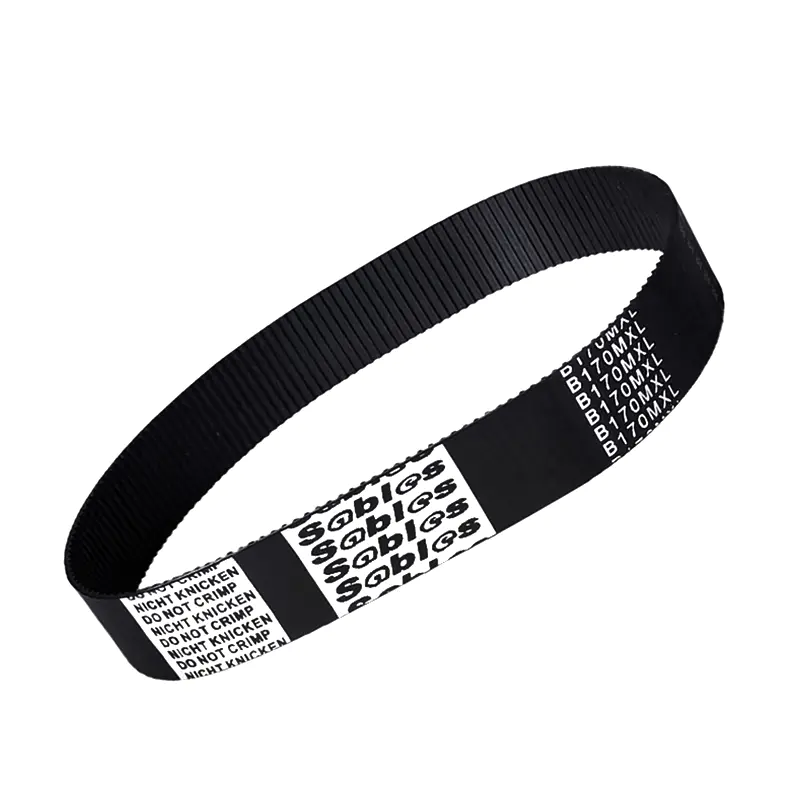The timing belt is an important component in the engine, responsible for synchronizing the rotation of the crankshaft and camshaft to ensure the normal operation of the engine. Proper maintenance and regular replacement of the timing belt are essential to avoid potentially serious failures. This article will explain how to determine when to replace the timing belt to ensure that your vehicle is always in optimal condition.

1. Check the vehicle manual
Each vehicle manufacturer has a recommended replacement period for the timing belt, which is usually detailed in the vehicle manual. Generally speaking, the replacement period of the timing belt may be between 60,000 and 100,000 kilometers, depending on the model and engine type. Therefore, regularly checking the vehicle manual is an important step to understand the timing of replacement.
2. Pay attention to mileage and time
If your vehicle has traveled a lot of mileage in a certain period of time, or if you are a long-distance driver, you should pay special attention to the condition of the timing belt. In addition, even if the vehicle does not reach the recommended mileage, it is recommended to replace the belt after a certain number of years (usually 5 to 7 years) because the material will age over time.
3. Check the belt condition
Regularly checking the appearance of the timing belt can reveal potential problems. Look for the following signs:
Cracks or wear: If the belt surface is cracked or severely worn, it means it needs to be replaced.
Loose or loose: Check the tension of the belt to make sure it is not too loose or loose.
Unusual noise: If you hear unusual noises when starting the engine, there may be a problem with the timing belt.
4. Observe engine performance
A faulty timing belt may cause engine performance to decline, causing problems such as shaking, poor acceleration, and stalling. If you find that the engine is running unevenly or there are other abnormalities, it is recommended to check the timing belt and related components as soon as possible.
5. Refer to professional advice
If you are unsure about the condition of the timing belt, it is best to consult a professional technician or auto repair service. They can use professional equipment to detect the wear of the belt and provide replacement suggestions based on the specific situation of the vehicle.














